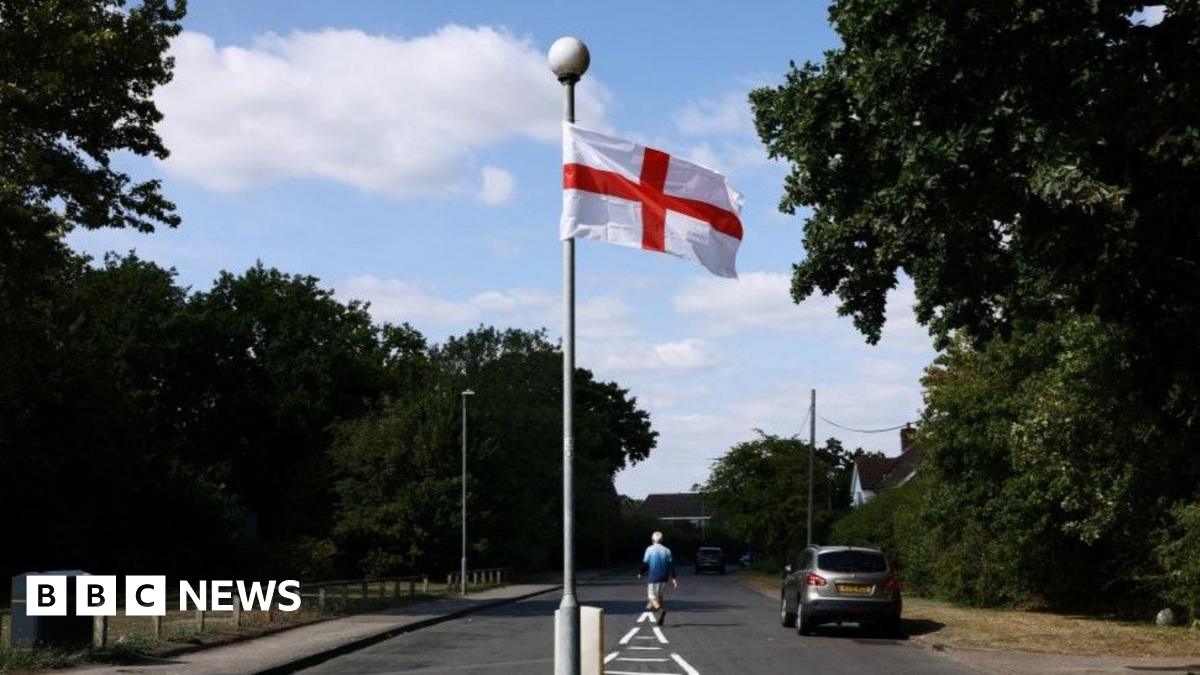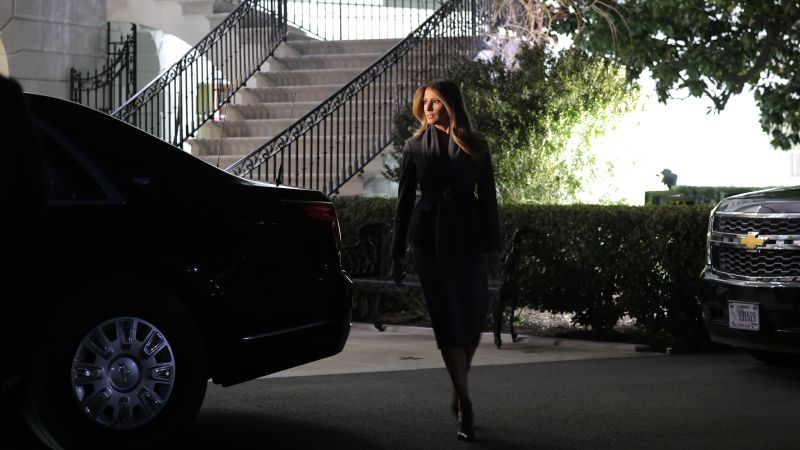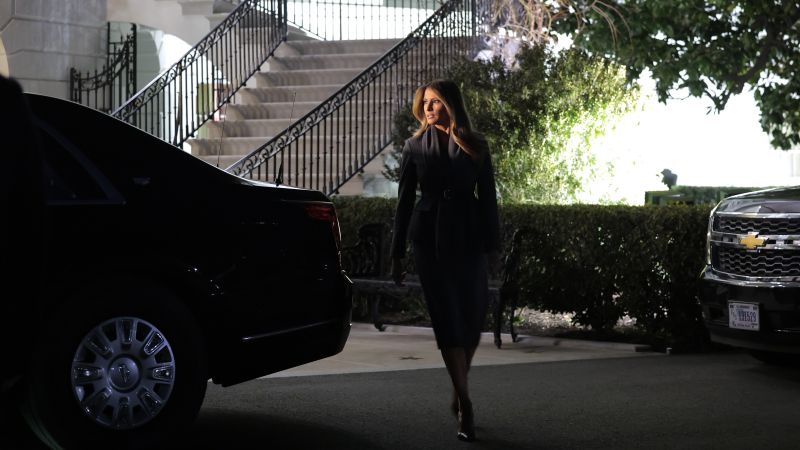St George's Cross And Union Jack: Why Are They On British Streets?

Welcome to your ultimate source for breaking news, trending updates, and in-depth stories from around the world. Whether it's politics, technology, entertainment, sports, or lifestyle, we bring you real-time updates that keep you informed and ahead of the curve.
Our team works tirelessly to ensure you never miss a moment. From the latest developments in global events to the most talked-about topics on social media, our news platform is designed to deliver accurate and timely information, all in one place.
Stay in the know and join thousands of readers who trust us for reliable, up-to-date content. Explore our expertly curated articles and dive deeper into the stories that matter to you. Visit Best Website now and be part of the conversation. Don't miss out on the headlines that shape our world!
Table of Contents
St George's Cross and Union Jack: Why Do They Fly on British Streets?
The sight of the St George's Cross and the Union Jack fluttering from lampposts, buildings, and town squares across Britain is a common one. But have you ever stopped to consider why these flags are so prevalent on British streets? It’s more than just patriotic decoration; it's a complex tapestry woven from history, tradition, and civic pride. This article delves into the reasons behind this ubiquitous display of national identity.
The Significance of the St George's Cross
The St George's Cross, a simple red cross on a white background, is the patron saint flag of England. St. George, a Roman soldier martyred in the 4th century, became a symbol of England during the Crusades and its adoption as the national flag solidified its place in English history. While not the official flag of the United Kingdom, its presence on streets reflects a strong sense of English regional identity and pride, particularly in areas with a predominantly English population. You'll often see it displayed alongside – or sometimes instead of – the Union Jack, particularly in areas with strong historical ties to England.
The Union Jack: A Symbol of the United Kingdom
The Union Jack, the official flag of the United Kingdom, is a far more intricate design. It incorporates the St George's Cross for England, the Saltire (a diagonal white cross on a blue background) for Scotland, and the St Patrick's Cross (a diagonal red cross on a white background) for Ireland. Its creation in 1801 reflects the union of the three kingdoms (England, Scotland, and Ireland). The presence of the Union Jack on British streets symbolizes national unity and pride in British identity. Its display often signifies official celebrations, commemorations, and public holidays.
Why are They Displayed on British Streets?
The reasons for displaying these flags are multifaceted:
-
Civic Pride and Patriotism: For many, flying the flag is a simple expression of love for their country and a sense of belonging to a community. It can be a particularly strong feeling during times of national celebration or commemoration.
-
Marking Special Occasions: Flags are frequently flown on national holidays like St George's Day (April 23rd), St Andrew's Day (November 30th), and, of course, the numerous bank holidays throughout the year. They also feature prominently during royal events and other significant national events.
-
Local Council Initiatives: Many local councils actively encourage flag flying, providing flags and flagpoles to businesses and residents. This is often part of wider initiatives to promote community spirit and a sense of place.
-
Private Displays of Identity: Individuals and businesses also choose to display flags to show their support for the UK or to celebrate their regional or national heritage. This is a completely personal choice, reflective of individual values and beliefs.
-
Historical and Traditional Significance: The long-standing tradition of flying flags in Britain has contributed to their continued presence on streets, with its roots dating back centuries.
Understanding the Nuances
It's important to note that the display of these flags isn't without its controversies. Some argue that excessive flag-flying can be overly nationalistic or even jingoistic. The representation of Ireland within the Union Jack remains a sensitive issue, particularly given the complex history between Britain and Ireland. Understanding these nuances is crucial to appreciating the full context of flag display in Britain.
Conclusion
The prevalence of the St George's Cross and the Union Jack on British streets reflects a complex interplay of national identity, civic pride, historical tradition, and personal expression. While their display is often a simple act of patriotism, it’s underpinned by a rich and multifaceted history, warranting a deeper understanding and appreciation. Whether you see it as a symbol of national unity or regional identity, the sight of these flags undoubtedly contributes to the visual landscape and character of British streets.

Thank you for visiting our website, your trusted source for the latest updates and in-depth coverage on St George's Cross And Union Jack: Why Are They On British Streets?. We're committed to keeping you informed with timely and accurate information to meet your curiosity and needs.
If you have any questions, suggestions, or feedback, we'd love to hear from you. Your insights are valuable to us and help us improve to serve you better. Feel free to reach out through our contact page.
Don't forget to bookmark our website and check back regularly for the latest headlines and trending topics. See you next time, and thank you for being part of our growing community!
Featured Posts
-
 Investigating Issues Physical Metrics Feature Outage And Resolution
Aug 26, 2025
Investigating Issues Physical Metrics Feature Outage And Resolution
Aug 26, 2025 -
 Major Ratings Account Awarded To Marketing Firm The Rainmaker
Aug 26, 2025
Major Ratings Account Awarded To Marketing Firm The Rainmaker
Aug 26, 2025 -
 Newcastles Isak Pursuit The Howe Hughes Fallout And Its Implications
Aug 26, 2025
Newcastles Isak Pursuit The Howe Hughes Fallout And Its Implications
Aug 26, 2025 -
 Melania Trump Carefully Curated Public Image After The White House
Aug 26, 2025
Melania Trump Carefully Curated Public Image After The White House
Aug 26, 2025 -
 Us Open 2025 Developing Future Tennis Stars With The Usta Foundation
Aug 26, 2025
Us Open 2025 Developing Future Tennis Stars With The Usta Foundation
Aug 26, 2025
Latest Posts
-
 Gambling Ceo Challenges Addiction Comparisons A Cnn Interview
Aug 26, 2025
Gambling Ceo Challenges Addiction Comparisons A Cnn Interview
Aug 26, 2025 -
 Access Nfl Red Zone Online 2025 Season Cord Cutting Options
Aug 26, 2025
Access Nfl Red Zone Online 2025 Season Cord Cutting Options
Aug 26, 2025 -
 The Rainmaker Agency Wins Major Ratings Contract
Aug 26, 2025
The Rainmaker Agency Wins Major Ratings Contract
Aug 26, 2025 -
 Melania Trumps Calculated Public Profile A Strategic Approach
Aug 26, 2025
Melania Trumps Calculated Public Profile A Strategic Approach
Aug 26, 2025 -
 The Rainmaker A Legal Thriller Of Betrayal And Resilience
Aug 26, 2025
The Rainmaker A Legal Thriller Of Betrayal And Resilience
Aug 26, 2025
